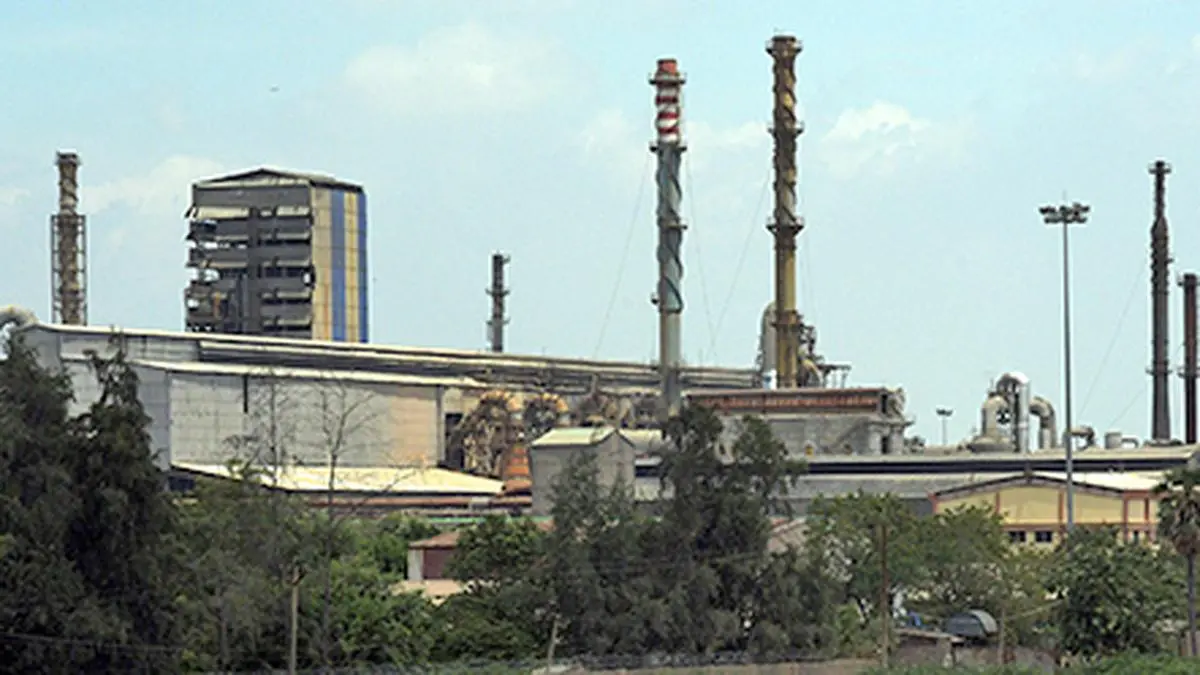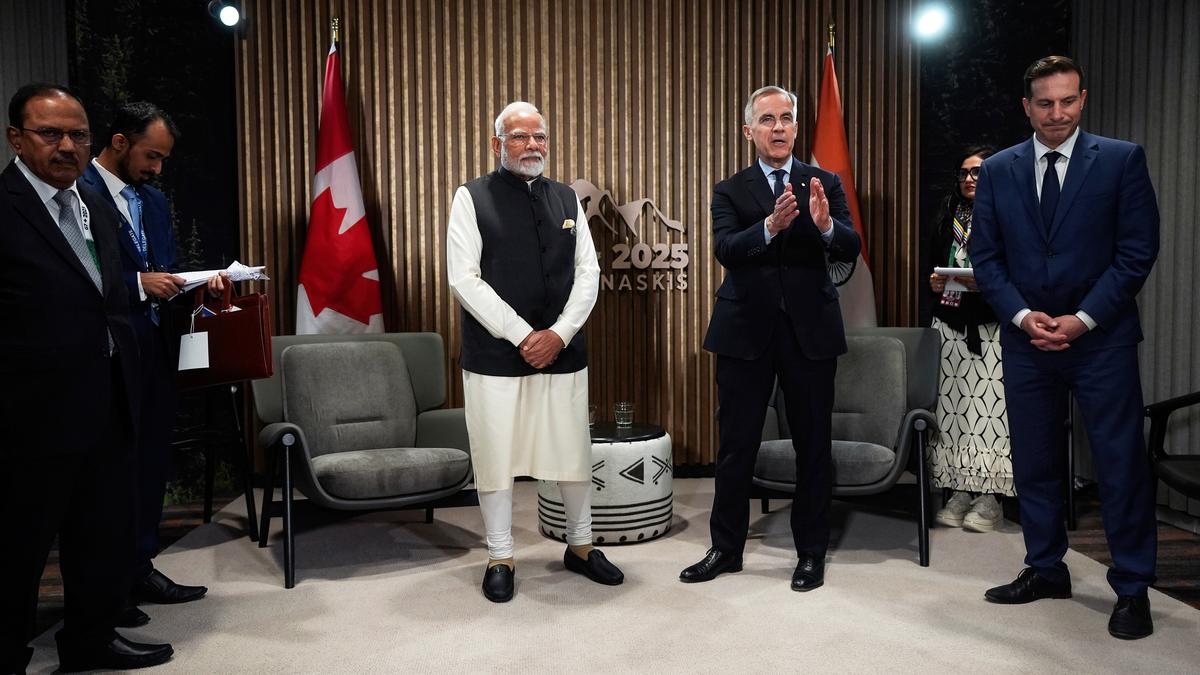Lawyers are not expected to be sentimental. Our craft is based on the rule of law, not the influence of public emotion. Although the legal process has led its course, the Sterlite Copper Case remains the intersection of the law testing with ethical, environmental and economic considerations.
Seven years ago, on May 22, 2018, thirteen citizens tragically lost their lives in Thoothukudi when a protest against the Sterlite Copper Smelting planted in violence. The events of that day are brought into public memory, not only for the lost lives, but also for the division. Are the protesters misled about the plant environmental record? Would the collectorate have been attacked if law enforcement had exercised a restraint?
These questions now belong to the domain of history. What remains is the need for constructive action – to prevent such tragedies in the future and to objectively assess whether economic opportunities can be revived, can become responsible and sustainable.
De Sterlite reconsidering
Sterlite Copper, a unit of Vedanta Ltd., started in 1997 operations after obtaining all the necessary approvals, including those of the Tamil Nadu government and environmental arguments. Located in the SIPCOT industrial complex in Thoothukudi, the facility not only included the smelter, but also associated additional units – a captive power plant, a sulfuric acid plant, a phosphoric acid plant, a refinery and a copper rod unit.
During his lifetime of two decades, Sterlite Copper played an important role in reforming the copper economy of India. With peak production, the smelterie contributed nearly 36 percent of the refined copper output from India and helped to transform the country from a net importer to a net exportor. The economic footprint was considerable: almost 1.5 percent contribute to the GDP of Tamil Nadu, generating direct employment for more than 4,000 people and making nearly 100,000 indirect jobs through logistics, electric industries and support services.
Farmers benefited from access to phosphoric acid, while truck drivers and truck companies, especially in Namakkal, found reliable business opportunities. Sterlite Copper, tailored to the CSR philosophy of the Vedanta Group, also made substantial contributions to primary and secondary education, access to drinking water, the development of women, support for local fishermen and the formation of self-help groups.
The classification of the factory as a ‘red category’ industry was consistent with its colleagues – cement, chemicals, fertilizers and thermal current units also work under this indication in the same industrial belt. Red category industries are subject to strict environmental statement and compliance monitoring by regulatory authorities. From 2017, however, Sterlite became a lightning rod for controversy, in which both domestic and international activist groups claimed that chronic pollution and damage to public health.
Disputed stories
Sterlite Koper consistently denied these allegations. In 2019, it launched a public campaign entitled ‘Know the Truth’, with data and independent studies to prevent claims of environmental damage. According to reports cited by the company: 70 percent of its water consumption came from a desalination installation; It operated as a zero-liquid discharge facility (National Environmental Engineering Research Institute Report, 2011); Sulfur dioxide emissions were well -inside prescribed limits and only contributed 1 percent to the total local SO₂ emissions; A biodiversity study of the Forest Research Institute found negligible marine impact within a radius of 10 km.
Yet these claims made little to influence the public sentiment, which was then crystallized about stories about damage to the environment and risks of public health. The result was a 100-day protest in 2018 that culminated in the tragic events of 22 May.
Seven years later
Since the closure in 2018, the sterlit plant has been the subject of intense and long -term lawsuits. The case is oscillated via various forums – from the Tamil Nadu Pollution Control Board (TNPCB) to the National Green Tribunal (NGT) and from the Madras High Court to the Supreme Court.
A few important milestones:
May 2018: The Tamil Nadu government ordered the permanent closure of the factory.
December 2018: The NGT rejected the closure and called it “non-durable and unjustified.”
February 2019: The Supreme Court settled the order of the NGT in the field of maintainability.
August 2020: The Madras High Court confirmed the closure again.
February 2024: The Supreme Court maintained the pronunciation of the Supreme Court.
October 2024: An assessment application and an application for open hearing were both rejected.
With all the legal remedies that are now apparently exhausted, the case is no longer Sub -jurdice. This offers an opportunity for stakeholders – industry, community, government and civil society – to reflect and possibly reconcile.
After the smoke has disappeared
Since a few years, regulatory and government agencies have been concerned with concern by those who oppose the operations of Sterlite Koper. It can now be appropriate to give the necessary consideration to emerging views of stakeholders who argue the revival.
Credible media reports indicate that contractors, logistics operators and other local beneficiaries have recently convened public meetings and rallies to support the reopening of the smelter. The evolving economic circumstances seem to make citizens to submit formal petitions to relevant authorities and elected representatives, referring to the potential for renewed work, repair of resources of existence and the revival of dependent additional industries.
Given the deep economic, legal and social print of this case, there are potential ways for responsible reconsideration here:
Community involvement and Evidence-based review: Local community leaders in Thoothukudi have the duty that public opinion corresponds to verifiable facts. A simple comparison of pollution data before and after the factory closing can offer an empirical basis to validate or challenge the accusations of contamination. If the quality of the environment has not been measurably improved, the story deserves that Sterlite was a “chronic polluter”, control.
Rebuild trust: the state The responsibility of the government: Tamil Nadu has emerged as a hub for production and high -tech investments under a proactive leadership of the state. However, since the Sterlite closure, no new similar project of a comparable scale has been established. It can be time for the minister -president and his team to state an independent, multidisciplinary assessment – scientific, legal, economic – of the events that lead to the closure of the factory.
The way forward
For Sterlite Koper, perseverance must now be combined with humility and adaptability. The company must proactively seek a dialogue with both the state government and the local communities. The Indian law allows the original complainant – in this case the Tamil Nadu Pollution Control Board (TNPCB) – to withdraw objections if it is convinced that the underlying concerns have been sufficiently tackled by means of remediation. This can open the door for the government to issue an executive order, conditional about Sterlite who will decay rigorous compliance benchmarks – including a phased restart, independent environmental audits and a probation period.
When advising companies on environmental, social and governance (ESG) strategy, I do not argue for special treatment or regulatory clement for industry, but rather a framework based on rational, evidence-based supervision. Accusations of pollution must always be tackled – but they must also be substantiated. Repetition alone cannot convert into the truth.
Earlier this year, the Supreme Court warned against a growing trend of established interests or rival bidders who used NGOs to hinder development projects, even while confirming the vital role of real environmental deliverers. “It has become a practice with rivals of project supporters to set up NGOs and to challenge projects on the basis of the fact that it would cause irreparable damage to the environment,” the bank noted.
Harmonizing inherent tensions between development objectives and environmental protection requires the willingness to re -visit decisions from the past with both scientific integrity and legal clarity – not emotional overhang.
Ultimately, the reopening of sterlite buyer is not a fact – but it should also not be rejected as unthinkable. The path ahead must be formed by dialogue, empirical evidence, compliance with the regulations and shared accountability. That is how justice – both the environment and economically – can best be served.
The writer is a senior partner at the law firm of Desai & Diwanji and a former Leitner -Fellow at the School of International and Public Affairs of Columbia University. The views are personal
Published on June 18, 2025
#Sterlite #Copper #room #chance





